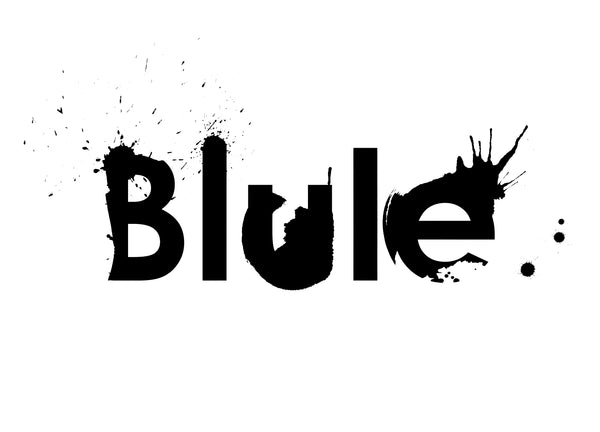Let’s follow the rhythm of the waves, dancing to the tempo of the ripples, and immerse ourselves in the smooth cadence of the ocean.
Let me guide you through a simple yet creative watercolour tutorial on how to paint seaweed using just three colours.
We’ll explore the wet-on-wet technique, combined with negative space, inspired by the beautiful seaweed paper cuts of Matisse. 🌿🎨
Whether you’re a beginner or looking for new techniques, this step-by-step tutorial will help you loosen up and have fun with watercolours.
The key is to not overthink it—let it go! 😃 🎶
Here’s a little video to guide you.

Colours:
I like to use Daniel Smith or Winsor & Newton extra-fine watercolours in tubes, but feel free to use any other good-quality paints you prefer, tubes or pans, as long as they have enough pigments for contrast.
 Red (Scarlet Lake)
Red (Scarlet Lake) Pink (Opera Rose)
Pink (Opera Rose)
 Grey (Neutral Tint)
Grey (Neutral Tint)

1. Download this shape and print it on A4 size paper.
Use your window and a HB grey pencil to lightly trace the shape of the seaweed on your watercolour paper.
Tips: I usually use good-quality watercolour paper (like Arches) that is heavier than 300 gsm for better water absorption.

2. Wet the Outside of the Shape
Using your large round watercolour brush (I like the Raphael Aqua or Da Vinci Colineo brushes) and clean water, wet the area outside the shape, leaving about 1 cm from the edges of the paper.
Optional: You can use a very light pink wash to help see where you've applied the water. The paper should be damp and shiny, not soaked with puddles.

2. Add Red Algae Details
While the area is still wet, use the tip of a small watercolour brush to apply pigmented red (with very little water) along the line of the algae. The pigments will spread when they come into contact with the water. Watch it flow and resist the urge to control it; this is where the magic happens!

3. Continue with Rose and Neutral Tint
Repeat the process with Rose on the bottom left of the algae. Then, use Neutral Tint on the top left of the algae.
4. Enhance Contrast
For more contrast, feel free to add additional pigments, but only if the paper is still wet. Let the colours blend together beautifully.
5. Add Some Magic Ocean Splashes
Finish by adding some magic ocean splashes around your artwork.

I hope you enjoyed this tutorial.
Feel free to comment below and tag me with your Artwork @doodleblule (Insta) so I can have a look at it.

